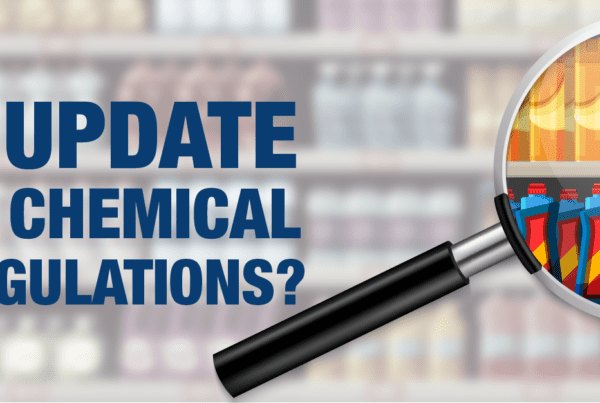
Hooray for Ranges!
Finally, news that every Canadian chemical manufacturer, supplier, and importer has been waiting for.
On October 21, 2017, Health Canada proposed an amendment to the HPR (Hazardous Product Regulations) providing industry with the option to use prescribed concentration ranges rather than the actual chemical concentration on their SDS (safety data sheets).
When Heath Canada updated the HPR to include the Globally Harmonized System into their regulations, they removed the ranges that were previously allowed in the 1988 edition.
One can imagine the reaction from people in the industry. We have heard things like, “I am not going to give away my formulation,” or “Are they trying to put me out of business?“.
After many months and many discussions with industry, RDC (Responsible Distribution Canada) and other Canadian associations persuaded Health Canada to agree to amend the HPR to include ranges – providing relief to industry. HMIRA claims may still be required for those who want to further protect their formula; however, Health Canada expects that with this amendment HMIRA filings will not increase.
The following is what the proposed amendment states:
- The amendment allows the use of prescribed concentration ranges to protect ingredient concentrations and concentration ranges that are considered CBI without having to submit claims for exemption under the HMIRA. These prescribed concentration ranges will be spelled out directly in the HPR. The concentrations and concentration ranges of ingredients in the product that present a health hazard could be disclosed on the SDS as either the actual concentration or actual concentration range of the material or substance in the hazardous product; or
- one of the following prescribed concentration ranges within which the actual concentration or actual concentration range of the material or substance in the hazardous product falls:
- (a) from 0.1 to 1%;
- (b) from 0.5 to 1.5%;
- (c) from 1 to 5%;
- (d) from 3 to 7%;
- (e) from 5 to 10%;
- (f) from 7 to 13%;
- (g) from 10 to 30%;
- (h) from 15 to 40%;
- (i) from 30 to 60%;
- (j) from 45 to 70%;
- (k) from 60 to 80%;
- (l) from 65 to 85%; and
- (m) from 80 to 100%.
Note that these ranges are different from WHMIS 1988, especially in the higher concentrations.
You may view the complete proposal: http://gazette.gc.ca/rp-pr/p1/2017/2017-10-21/html/reg2-eng.php
If you need assistance authoring your Safety Data Sheets, give us a call, we are always happy to assist.






 ICC USA
ICC USA ICC Canada
ICC Canada